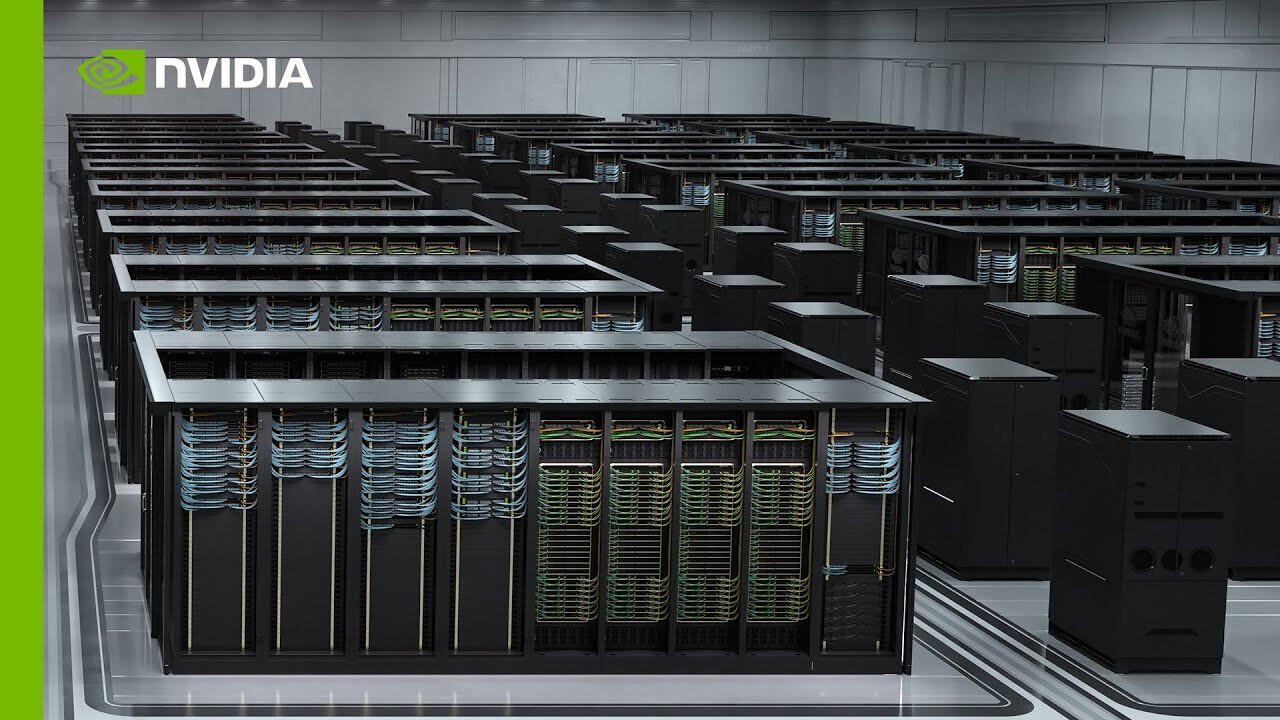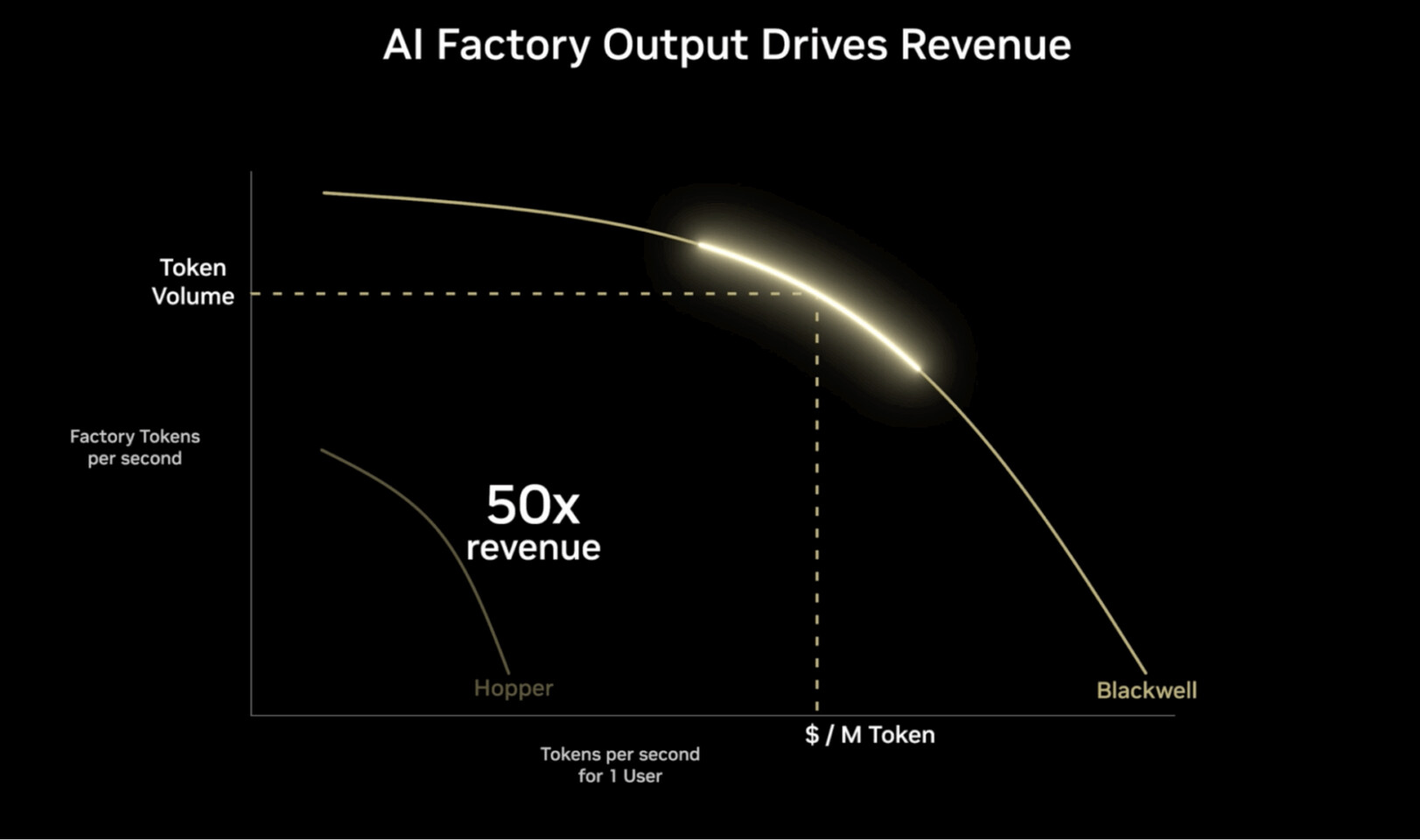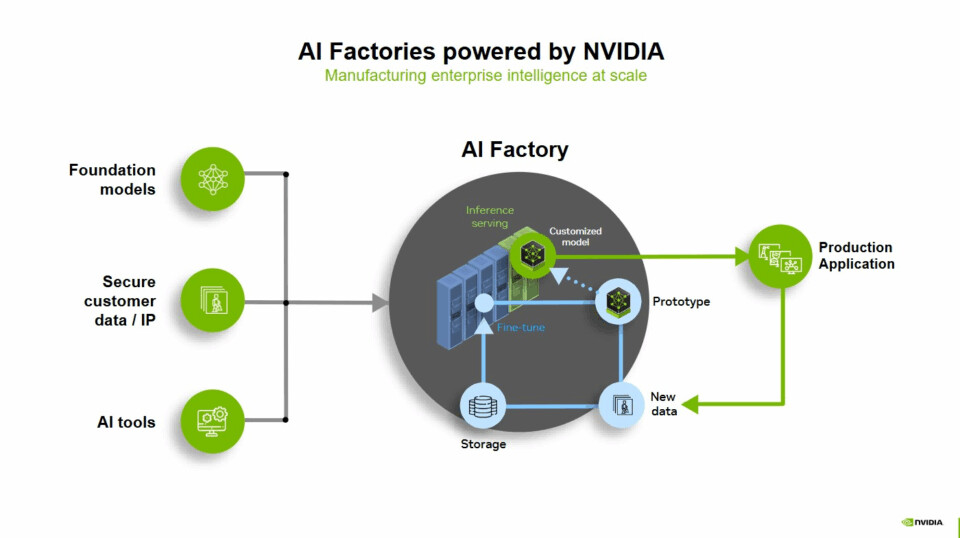AI Factories: Transforming Data into Intelligence
Artificial Intelligence (AI) is revolutionizing various industries, from drug discovery to financial markets. The speed at which an AI system can generate tokens, units of data used to create outputs, directly impacts its effectiveness. AI factories play a crucial role in streamlining the process from "time to first token" to "time to first value," reshaping the economics of modern infrastructure. These factories leverage advanced technology stacks to produce valuable outputs at scale, ranging from tokens to predictions, images, and more.
AI factories enhance key aspects of the AI journey, including data ingestion, model training, and high-volume inference. By utilizing AI models, accelerated computing infrastructure, and enterprise-grade software, these factories generate tokens efficiently and accurately. This transformation of data into valuable outputs helps organizations worldwide unlock the revenue potential of their most valuable digital asset—data.
From Inference Economics to Value Creation
Prior to establishing an AI factory, it is essential to understand the economics of inference, balancing costs, energy efficiency, and the growing demand for AI. Throughput, latency, and goodput are crucial metrics in this context, determining the efficiency and user experience of AI systems. AI factories aim to strike a balance between throughput and user experience, delivering engaging outputs promptly. By optimizing the performance of AI models, these factories can offer valuable user experiences and increase revenue potential per token.
AI Factory Output: The Value of Efficient Tokens
The Pareto frontier illustrates the optimal trade-offs between competing goals, such as response time and user engagement, when deploying AI at scale. By maximizing throughput efficiency and user experience, AI factories can deliver intelligence effectively. Leveraging accelerated computing infrastructure, these factories enhance energy efficiency and performance, resulting in significant revenue potential.
How an AI Factory Works in Practice
An AI factory comprises various components that collaborate to convert data into intelligence. Whether operating in a cloud, hybrid model, or telecom infrastructure, AI factories leverage accelerated computing, networking, software, and storage to process user prompts efficiently. By tokenizing data, running AI models on GPUs, and performing real-time inference, these factories generate intelligence at an industrial scale, continuously improving without manual intervention.
NVIDIA Full-Stack Technologies for AI Factory
NVIDIA offers a comprehensive suite of technologies to build AI factories, including accelerated computing, high-performance GPUs, networking solutions, and optimized software. By utilizing NVIDIA's full-stack solutions, organizations can develop cutting-edge AI systems efficiently, driving innovation and business value.



